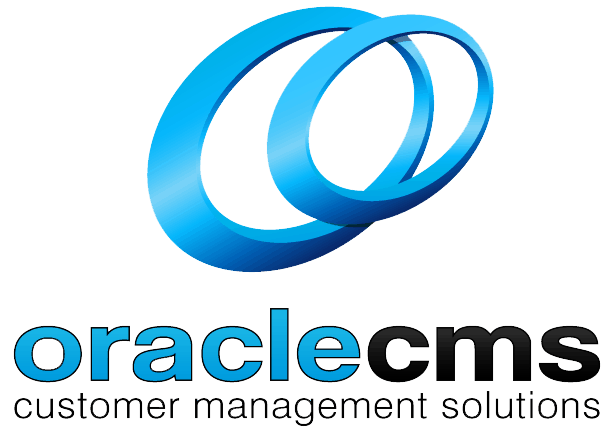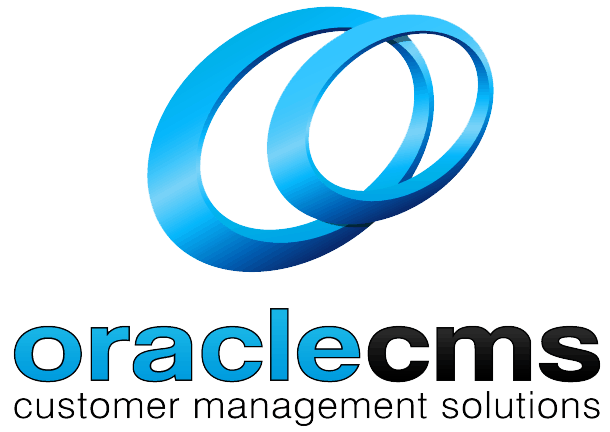
How to Create a Digital Transformation Roadmap
Over the past few years technology has reached dizzying new heights. It is impossible to successfully run a business and compete in the market without accepting the need to embrace this new technology, and the efficiency and profitability it can bring. Any company that doesn’t undergo a digital transformation may soon find itself outdated and unprofitable. However, it can be tough to know where to start.
Here we will look at how to build a roadmap for success, looking at what exactly a digital transformation entails and how to go about it for your business. Using these tips and suggestions, you can implement change and overcome some of the potential pitfalls as you start the process of embracing the current digital reality.
What is Digital Transformation?
Before we can start to create a plan to tackle this process we must first agree on what it means. Digital Transformation (DT or DX) means introducing new technologies to save money, become more efficient, and solve problems. It usually means taking old manual systems and digitising them and automating processes to save labour and time.
You should not simply dive into all kinds of new programmes without a strategy in place for how you will integrate them smoothly and effectively, and what your short and long-term goals are for your company. By building a roadmap you can keep in mind not only what you are doing each step of the way, but also why, and what it will lead you towards.
What is a Digital Transformation Roadmap?
Again the idea is to transition from where you are now, with the technology and systems you already have in place, to where you want to be. This will vary from business to business but in essence, you want to be at the forefront of the digital age, with automated and effective processes that fill the gaps in your current systems.
Many factors can disrupt your DX if you aren’t careful, most commonly issues with employees, communication, and lack of leadership. A good roadmap will get you where you want to go smoothly and help you avoid these potential problems.
How to Create a DT Roadmap
Here we will take you step by step through how to build your roadmap, starting with looking at what you already have in place.
1. Assess your Current Company
Before you begin making changes, you need to know what you already do well, where you could improve, and what gaps you have in your systems and processes. It is helpful to collate as much data as you can about your company. From how much time your employees spend on various tasks, to customer satisfaction and any lack thereof, this can tell you a great deal about where your flaws might be and how to start tackling them.
There are many suggested ways in which you can categorise and assess your business. Methods like SWOT (Strengths, Weaknesses, Opportunities, Threats) and STEEP analysis (Social, Technological, Environmental, Economic, Political) can be an excellent way to start. However you want to quantify your strengths and weaknesses, you must do so right from the start so you know where you have been. It also will give you something to compare back to after you have implemented your Digital Transformation Strategy to see how successful it is.
2. Create a Vision and get Leadership On-board
Now you know where your weaknesses are and where you currently stand, it is time to think about a vision for the future. Are you looking to modernise, enable seamless remote working, and enhance your customer satisfaction? All of the above and more? Your goals will direct what sort of Digital Transformation you need to undergo, so decide where you want to be, and that will help you decide how to get there.
Once you have a vision in mind, you must get the agreement and investment of the senior management. Without their support, your DX is far more likely to fail before it even gets going. Your employees will know when something doesn’t have everyone’s agreement, and will similarly be divided.
Your company leadership needs to be not only ok with the process but actively on board and involved. Most businesses work from the top down. Set a good example, with the right levels of explanations, encouragement, and training, and your whole team will soon be enacting changes and meeting challenges head-on to help reach your goals.
If you are struggling to get all parties interested and working with you, go back to your core aims and what the company will get out of it. Focus on the potential ROI, explain the gaps you have found and how your Digital Transformation Strategy will lead to an improved company. It can also be useful to bring in the numbers on how long some tasks take to complete that could be automated, increasing productivity and giving employees time to innovate and be more efficient in their roles.
3. Set Clear and Achievable Goals
Don’t look at the Digital Transformation Process as one goal, one box to be checked. It doesn’t work like that. Firstly, there will always be another innovation, another new technology that will improve your system or job in the future. Further, by taking it as a whole it will be harder to show its short-term successes which will encourage further DX in the long term.
By setting small clear goals, ideally beginning with something easy to achieve that will also have a big impact, you can demonstrate how the system works and ease the company and its employees into more difficult steps you may need to take later. Once they see that their jobs and lives were measurably improved by this automation or that digitisation, they are more likely to go along with new training initiatives and unfamiliar systems than if it all seemed to have been working fine before.
Also, by splitting your roadmap into smaller goals, you can keep adapting, assessing, and making the necessary alterations along the way to ensure that your end vision is still the final goal. For those of you unfamiliar with SMART goals, it is another great place to start when planning your steps:
- Specific – make your goals as narrow and specific as you can
- Measurable – what will you see when you have achieved your goal? There must be evidence to show it was worthwhile
- Attainable – you must be able to achieve your goal within a certain amount of time
- Relevant – does your goal line up with your long-term plans and values?
- Time-based – you should have a realistic yet ambitious time frame in which to complete your goal
Once you have a series of smaller goals set out, try and achieve something to show for your efforts and see how much easier the Digital Transformation Process becomes for the whole company.
4. Communicate and Build the Right Culture
While we have discussed the importance of getting the senior management of the company on board, every person from the top to the bottom should be included and encouraged to join in. It is up to you to show them the benefits to them, as well as the company as a whole, of the changes you are planning to make. Only then will they fully understand why they are important. You need to communicate the value of DX, and each step you will take, to get them not only involved but invested in the process and its results.
Explain with examples how digitising and automating will improve their day. Allow communication to flow both ways, taking in their queries and concerns and addressing them every step of the way. If you can work openly and well with all the employees in your company, you will often be able to solve issues before they can even begin to grow into larger problems.
Strong channels of communication are also essential when you begin to implement your Digital Transformation Strategy. Letting everyone know what is happening, what will happen, and how they can go about learning the new systems and using the right programmes is key. Again it will reduce discontent and leave all parties feeling involved and united towards the same goal.
By communicating clearly and effectively you will build a culture within your company that is open to and even eager for the changes that are coming. Being aware of the current gaps and flaws in the system, knowing how they can go about fixing them, and creating a better and more efficient company will encourage cooperation and innovation.
5. Train, Collaborate and Adapt
Training is a crucial component of any company, but as you move further into your DX process you will find that a lot of that training is now obsolete. That does not necessarily make those employees obsolete as well, but rather requires continuous training to stay up-to-date with the current technology and strategies.
Instead of looking at the negatives of having to revamp your training system, look to bring together the best skills your employees have to offer going forward. Those with lots of experience could be paired with newer and more tech-savvy employees who might not have such business skills. Learning from each other and working together, they could play an integral part in transforming your company while staying true to its goals and values.
While you may of course have to hire new talent to suit new roles and applications, there are ways to help you train your current employees and get them more comfortable with the new processes. Digital Adoption Platforms (DAP) like Apty can offer your employees guidance and exposure to the systems and programmes you will be using and aid your staff in getting to grips with them faster.
A great deal of the Digital Transformation Process is about the ability to adapt and react. By breaking your end game into achievable chunks you also gain the ability to have a look at what you have done at each stage, how successful it was, and see how it could be improved next time.
While a roadmap is a right way to set off on your journey, you may find the need to tweak and change your actions and strategies at times. This is all fine and good, as long as you still end up where you want to go.
Implement the process one phase at a time, deciding which holds priority based on your own company and set of goals. Whether you choose to automate those systems that can be, digitise your files and processes, or integrate systems for better results, going phase by phase will help you to see how you are progressing and that everything is on track.
Conclusion
So now you have your Digital Transformation Roadmap and are ready to implement it. Just remember to go step by step and keep in mind a few of our top tips for success:
- Don’t just tell your employees what to do, make them a part of the process and they will be actively invested and help you at every step instead of potentially becoming an obstacle.
- Have a plan and focus on your end goals but be prepared to adapt to new information and trends as you go.
- Share your successes in the achievable goals you have set. It raises morale and encourages more change and innovation in the future.
If you are looking to transform your company and fully modernise, digitise, and use the technology available to improve efficiency and profits, a Digital Transformation Roadmap is the best way to ensure you focus on and achieve your goals. To ease the transition and help with training employees without losing time and productivity, consider utilising a DAP like Apty to aid you in this process.
There is often some sort of issue when something big and necessary occurs, and using a Digital Adoption Platform can help identify some of the problems, give guidance and training, and provide support as you move into this next phase in your business.


